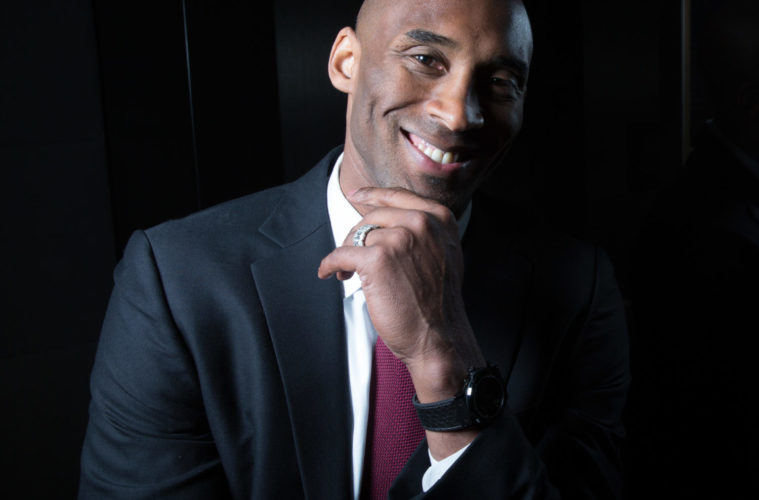It has been a little more than a year since Laker legend Kobe Bryant, 41, his daughter Gianna Bryant, 13, and seven other passengers were on their way to the Mamba Sports Academy in Thousand Oaks via helicopter before a fatal crash took place in the Santa Monica Mountains.
As more information became available through the year, the National Transportation Safety Board investigated a probable cause of the helicopter crash and discussed several factors including the pilot’s procedures, the weather conditions and safety concerns.
The board’s initial probable cause read:
“The National Transportation Safety Board determines that the probable cause of this accident was the pilot’s decision to continue flight under visual flight rules into instrument meteorological conditions. Which resulted in the pilot’s spatial disorientation and loss of control. Contributing to the accident was likely the pilot’s self-induced pressure and planned continuation bias which adversely affected his decision making and Island Express Helicopter Inc.’s inadequate review and oversight of its safety management processes.”
NTSB investigators found that pilot Ara Zobayan had more than 8,500 hours of flying experience, with 1,250 of those being with the Sikorsky S-76 series helicopter that carried Bryant.
The NTSB also established that Zobayan knew that the visibility was less than 3 miles before takeoff and the path and behavior were not consistent with his training. However, the preflight mission planning showed that he developed a plan to avoid clouds by flying east and north of downtown L.A., in what was labeled a “low-risk” flight assessment.
“The excessive speed entering the clouds, rapid rate of climb and the left turn were inconsistent with his training,” NTSB investigator Fabian Salazar said during the meeting.
NTSB investigators said that while the pilot was “well-regarded… even good pilots can end up in bad situations.” One of the factors discussed was the possibility of a “sudden loss of judgment,” as the visibility lessened and he made the split decision to try to make an upward climb.
While the NTSB had no way of confirming, they acknowledged that the relationship between Bryant and the pilot may have led to “self-induced pressure” to fly despite some of the reservations due to weather.
On the day of the accident, witnesses told the NTSB that they saw the helicopter drifting in and out of the fog, while security video obtained at the 101 Freeway showed a helicopter disappearing into the clouds.
Bryant is survived by his wife, Vanessa Bryant and three other daughters — Natalia, Bianca and Capri.
Advertising disclosure: We may receive compensation for some of the links in our stories. Thank you for supporting LA Weekly and our advertisers.

